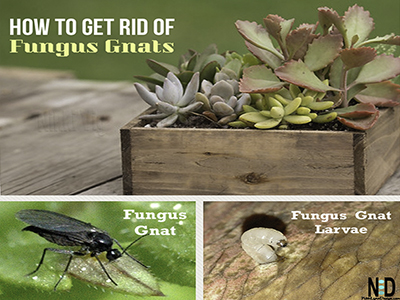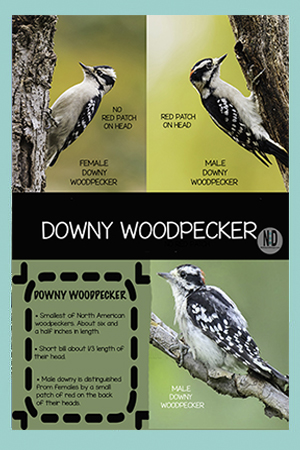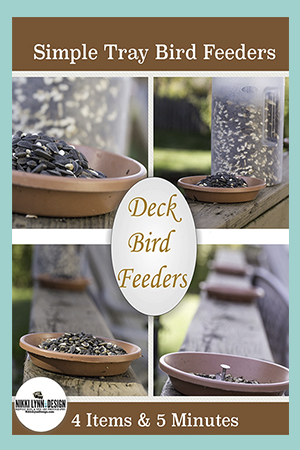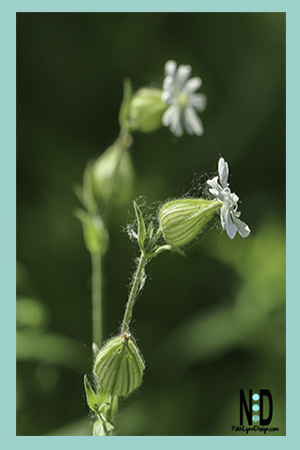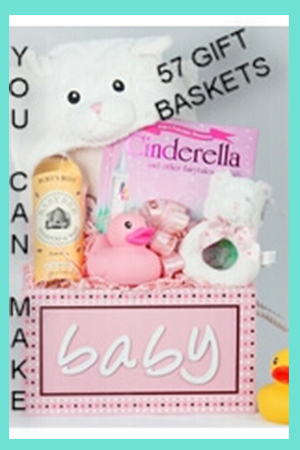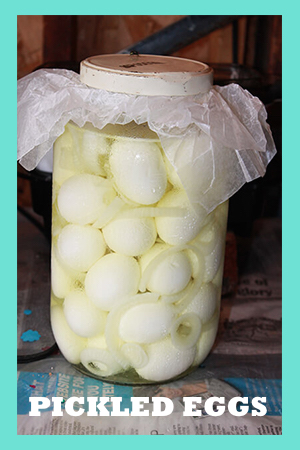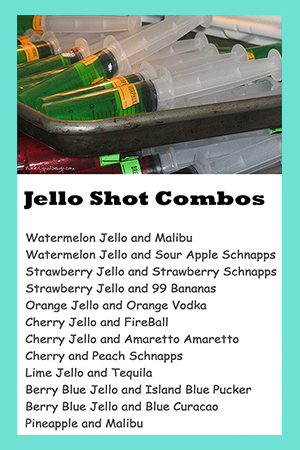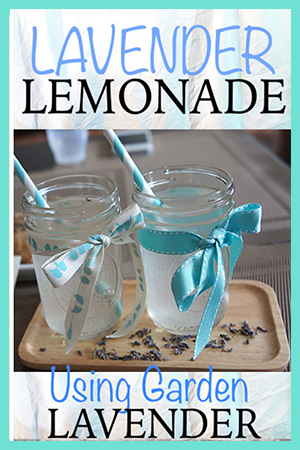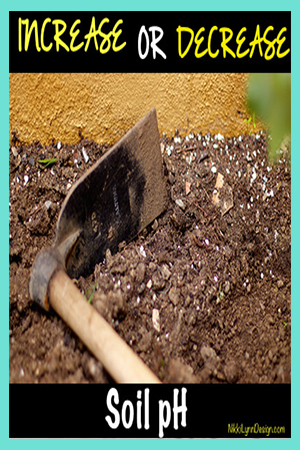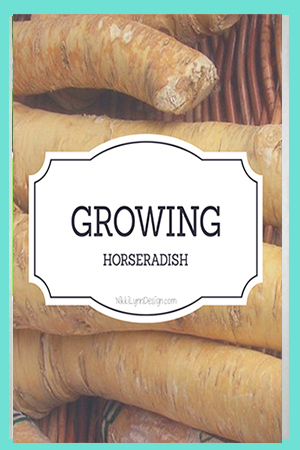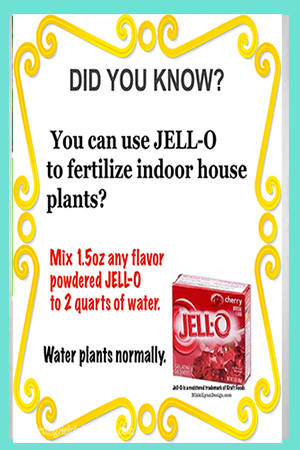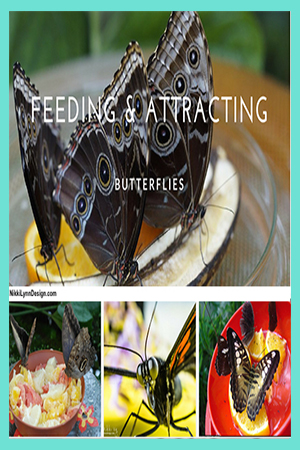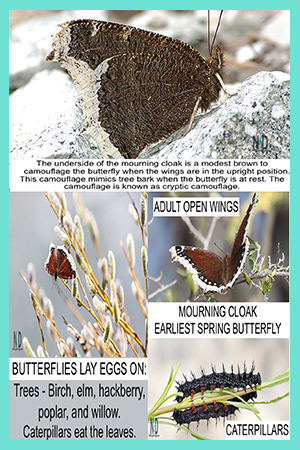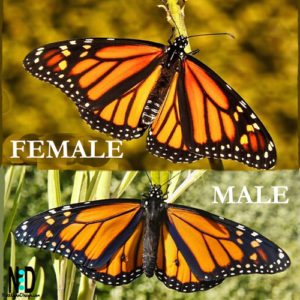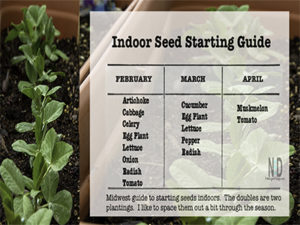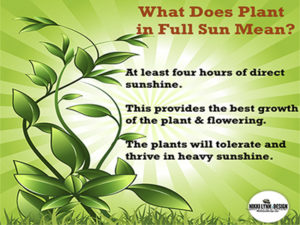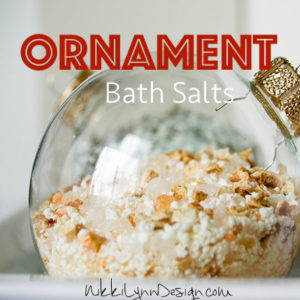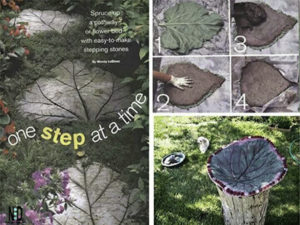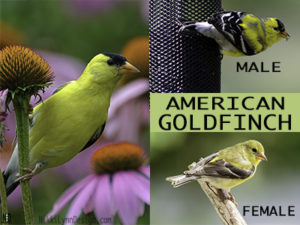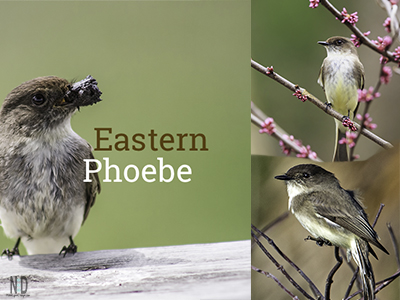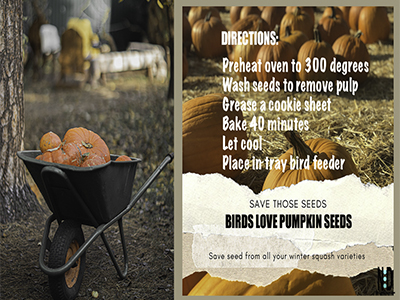How To Get Rid Of Fungus Gnat on Houseplants
The weather turns colder and immediately you turn your attention to bringing in some of your outdoor plants. A day or two goes by and you find a wealth of small flies hanging around your plants. Ugh! Fungus Gnats. Let me share with you how to get rid of fungus gnats on houseplants.
Where Do Gnats Come From?
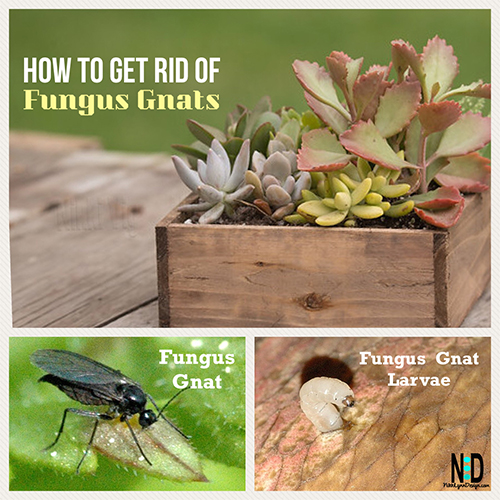
Adult gnats lay their eggs in moist garden soil and potting mixes. The larva hatch from the eggs and enjoy feeding on roots that have been immersed in water too long and are thus rotting, or the gnats may be attracted to fungus growing in saturated topsoil.
1.) A new potting soil mix
2.) Plants you brought in from outdoors
3.) A new plant addition in the home
4.) Overwatering plants with larvae
What is Your First Clue You Have Fungus Gnats
You will see little flies; and at first, you might think are fruit flies. Soon you will realize those flies are only sticking close to your plants.
What Do Gnats Look Like?
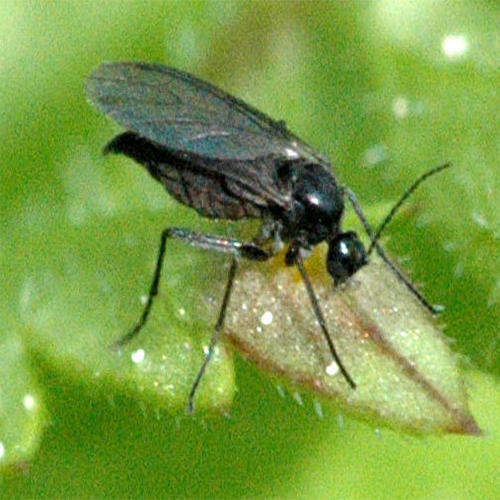
1.) Adults are small black flies that stick close to the plant.
2.) The adult form only lives a few days but deposits eggs on the soil.
Fungus Gnat Larvae
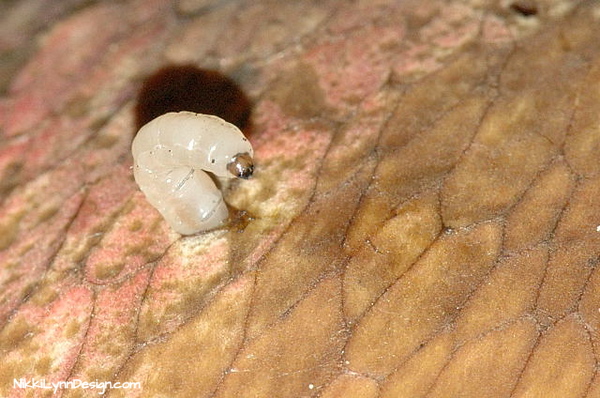
Larvae are white and can really only be seen on the top of the soil at night with a high-power flashlight.
Do Fungus Gnats Hurt Plants?
Typically the gnats are harmless to healthy plants – and humans, but can inflict extensive damage to seedlings. The indoor presence of fungus gnats is mostly annoying for humans. They love to fly around your head, in your eyes, and up your nose 🙂
How Do You Get Rid of Fungus Gnats?
So, you have them? You KNOW I do. Now the work begins. There are numerous ways one could tackle this project. I will lay them all out below and let you pick your poison or combination of poisons.
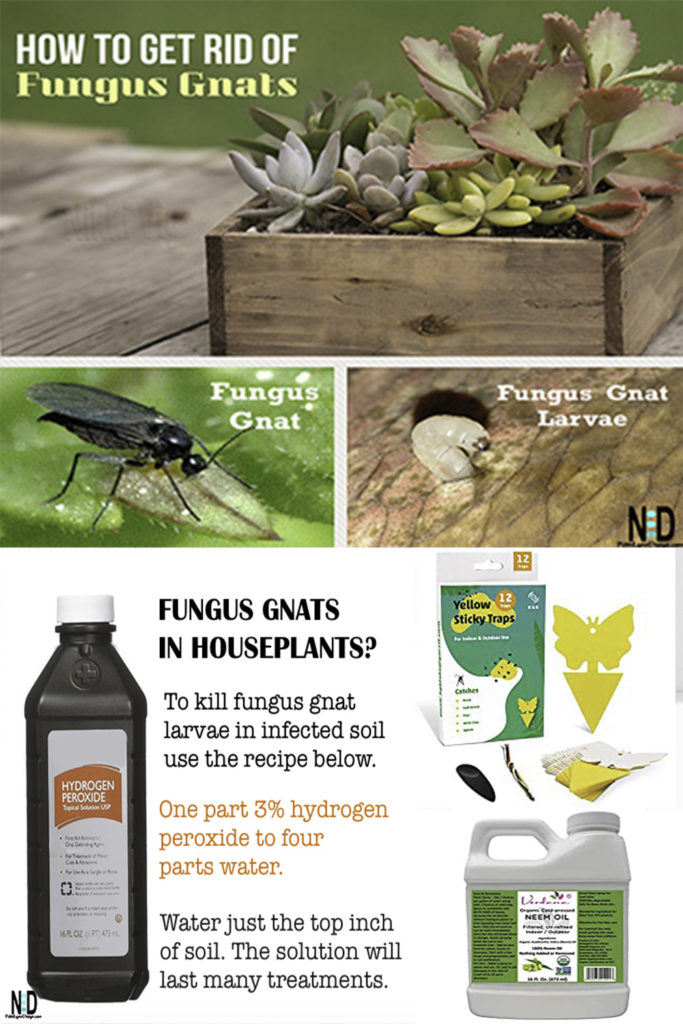
1.) Neem Oil
Neem oil is natural and organic. Add the mixture to the top of the soil to kill gnat larva in potted plants. Find out why neem oil is my go-to garden product.
The best type of Neem oil to purchase is 100% cold-pressed Neem seed oil with the active ingredient Azadirachtin. I like to NORMALLY spray down my plant with this BEFORE I bring them inside. But, of course, I am behind the game this year.
BUY ON AMAZON
2.) Hydrogen Peroxide Mix
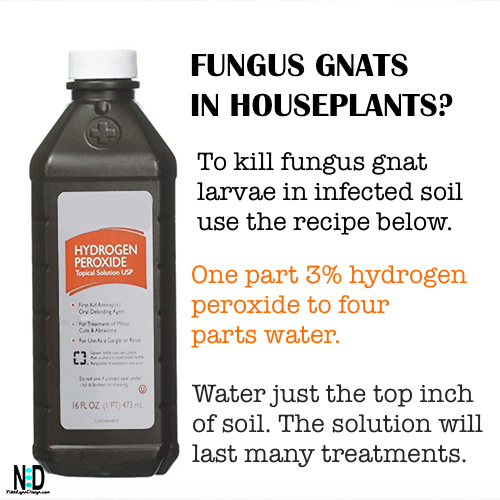
To kill fungus gnat larvae in infected soil use the recipe, then apply to the soil.
One part 3% hydrogen peroxide to four parts water.
3.) Add Sand
Remove the top inch of potting soil and replace it with any type of sand. The sand will keep adults from being able to lay additional eggs and the larva from hatching.
This also works best if you water from the bottom during the next two weeks. After the two-week mark, you can water from the top again.
Be sure that removed soil is taken outside, or it will restart the process.
BUY ON AMAZON
4.) Add Soil
Use the same process as above by removing the top inch of potting soil and replace with sterile potting soil.
To be sure your new soil isn’t infested, MAKE SURE. Use a microwave-safe bowl and heat up the amount of soil you need. By heating the soil, it will kill anything living.
5.) Sticky Traps
Use sticky traps around your plants to collect the adults. This will keep them from depositing their eggs on the soil.
You still need to treat the soil with something. This is not a one-step solution. But, they help.
Preventing Future Infestation
1.) Store all potting soil in a covered container. No oxygen, no gnats.
2.) Do not overwater your plants.
3.) Watch all-new plants you bring into your home for signs of fungus gnats.
To recap how to get rid of fungus gnat on houseplants, first, control your water intake. Fungus gnats live and breed in moist soil. Be sure to not overwater your houseplants.
Infestations and reinfestations happen, but fungus gnats are one the of easiest pests to control if you try the tips above.
Additional Posts
Transplanting Succulents
Repotting a Money Plant
Use Less Soil In Your Planting Containers
Why Feed Jello To Houseplants?
Poinsettia Care
More Posts
AFFILIATE POLICY: Posts may contain links to outside vendors that pay us a commission when you purchase from them, at no additional cost to you. Thank you for supporting this site!
